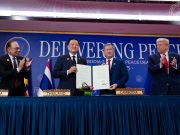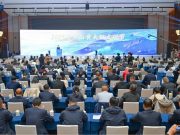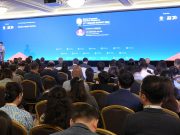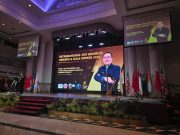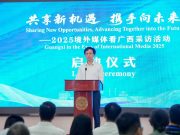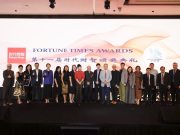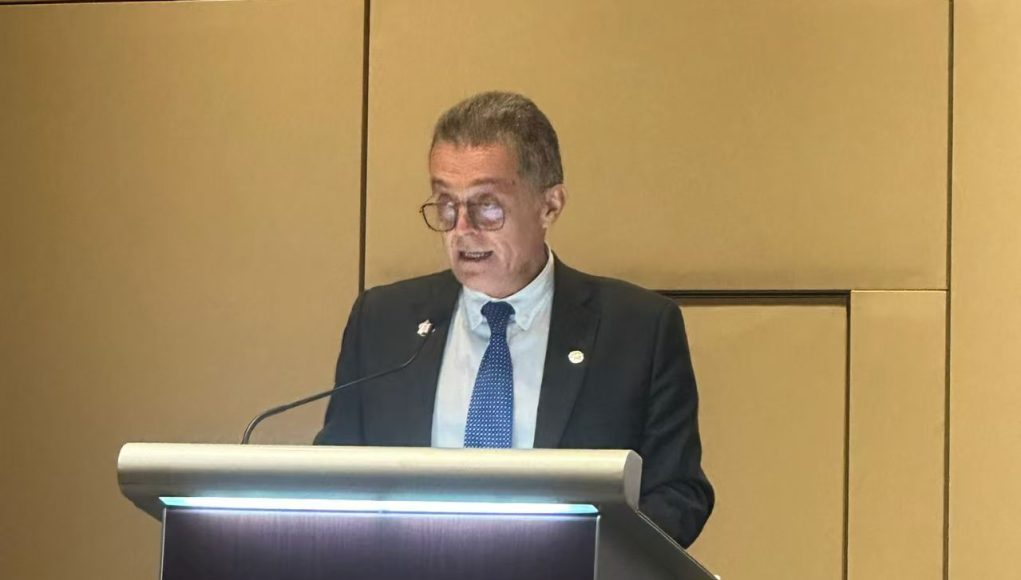(Singapore, 30.10.2025)Italy is reaffirming its global leadership in textile technology and industrial innovation at ITMA ASIA + CITME Singapore 2025, presenting a unified vision of craftsmanship, sustainability, and digital transformation. Spanning 4,000 square meters, the Italian National Pavilion gathered 100 Italian companies, showcasing advanced technologies in digitalisation, automation, and energy efficiency — a powerful demonstration of how “Made in Italy” continues to evolve with innovation and responsibility.
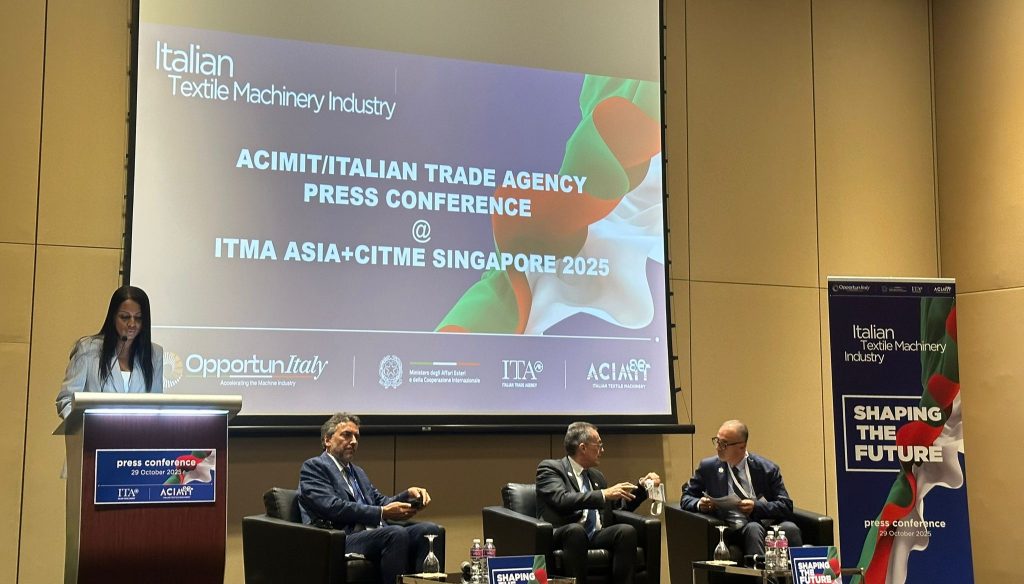
Speaking to Fortune Times, H.E. Dante Brandi, Ambassador of Italy to Singapore and Brunei, emphasized that although Singapore is not a textile manufacturing country, its geographical position and connectivity make it an ideal platform for Italian companies to reach buyers and partners across Asia. “In today’s uncertain global trade environment, Singapore acts as a bridge where Italian innovation and Asian dynamism meet,” he said.
Brandi highlighted Italy’s comprehensive export strategy known as Sistema Italia, an integrated framework that unites diplomacy, finance, and industry to strengthen global competitiveness. Through the Italian Trade Agency’s exhibition programs, SIMEST’s investment support, and SACE’s export credit guarantees, Italy is building a coordinated system to help its companies enter and expand in new markets.
“We remain confident of achieving our national goal of €700 billion (around $810 b) in exports by 2027, up from about €600 billion today. Despite tariff and geopolitical uncertainties, we are moving forward with this strategy,” he added confidently.
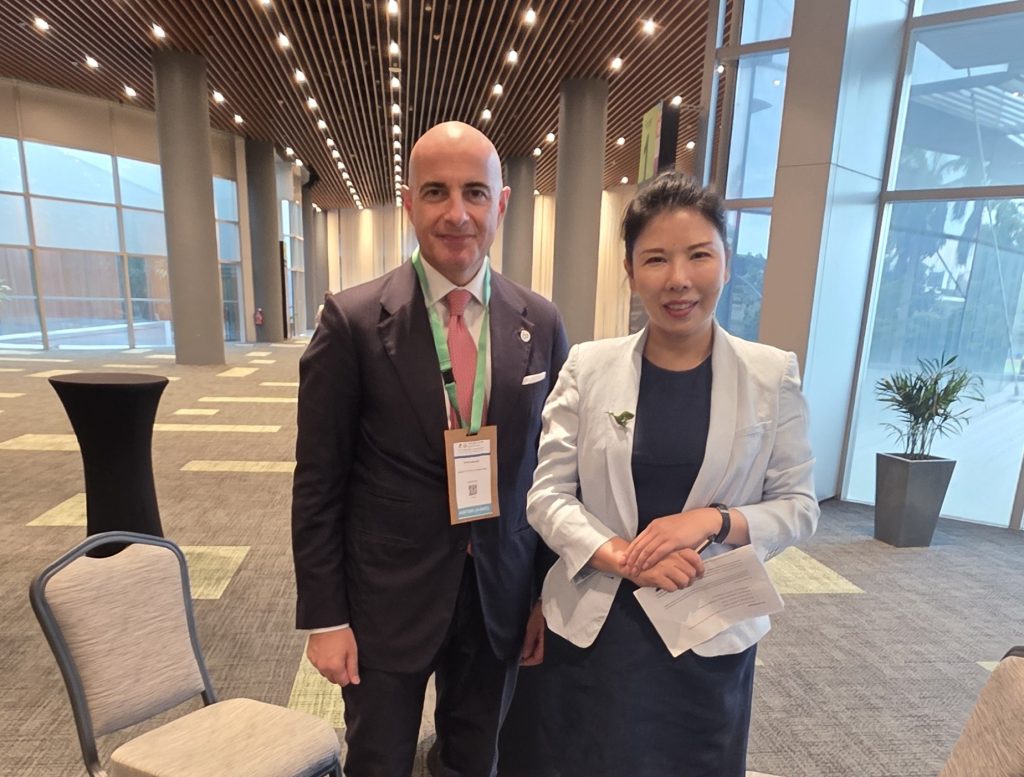
Marco Salvade, President of the Association of Italian Textile Machinery Manufacturers (ACIMIT), said that Italy’s strength in machinery lies in its fusion of technical precision and artistic spirit. “Italians are artists not only in fashion but also in machine making,” he said.
“Our machines turn designers’ imagination into reality. Fashion and technology move in parallel—without machines, innovation cannot happen; without design, machines lose purpose.” He compared Italian machinery to a tailored garment: “You can buy a cheap shirt, but you go to a tailor when you want precision and uniqueness. Italian machinery works the same way—perhaps more expensive at first, but customers recover their investment through higher efficiency and lower energy use.”
Sustainability, Salvade noted, has become the core engine of Italy’s textile machinery sector. After the war in Ukraine drove up global energy costs, Italian manufacturers immediately redesigned their systems to improve energy efficiency. “Today, Italian machines consume far less electricity and water, offering customers a cleaner and more efficient solution,” he explained.

Currently, 85% of Italy’s textile machinery is exported, and 44% of that goes to Asia, where demand for high-quality, energy-efficient machinery is growing rapidly. “India is emerging as the next major growth engine,” Salvade said. “With its vast domestic market and strong export potential, it will soon stand alongside China as a textile powerhouse.”
As a third-generation entrepreneur himself, Salvade reflected on the inheritance of expertise within Italy’s family-owned machinery companies. “Our core technology has been passed down from grandfather to father to son. Skills and experience cannot be bought—they are shaped by time, by the art of making,” he said. Yet he acknowledged the challenge of attracting young talent to manufacturing.
“Engineers are the backbone of a nation’s industry, yet many young people today prefer easy fame over real craftsmanship. We must help them rediscover the dignity and creativity of building things.”
As the textile industry shifts toward digitalisation and circular economy models, Asia has become the most dynamic stage of transformation. Singapore, with its position as a hub for research and innovation, offers Italian companies both an ecosystem for collaboration and a gateway to regional growth. “Sustainability, digitalisation, and collaboration—these are the three threads shaping the future of textile manufacturing,” Salvade said. “Through Italian craftsmanship and innovation, we aim to help build a global textile industry that is both resilient and responsible.”


